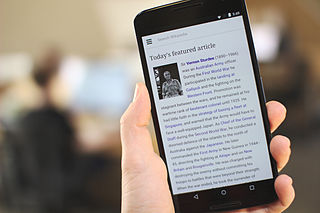
A smartphone is a mobile device that combines the functionality of a traditional mobile phone with advanced computing capabilities. It typically has a touchscreen interface, allowing users to access a wide range of applications and services, such as web browsing, email, and social media, as well as multimedia playback and streaming. Smartphones have built-in cameras, GPS navigation, and support for various communication methods, including voice calls, text messaging, and internet-based messaging apps.

A tablet computer, commonly shortened to tablet or pad, is a mobile device, typically with a mobile operating system and touchscreen display processing circuitry, and a rechargeable battery in a single, thin and flat package. Tablets, being computers, have similar capabilities, but lack some input/output (I/O) abilities that others have. Modern tablets largely resemble modern smartphones, the only differences being that tablets are relatively larger than smartphones, with screens 7 inches (18 cm) or larger, measured diagonally, and may not support access to a cellular network. Unlike laptops, tablets usually run mobile operating systems, alongside smartphones.
A mobile operating system is an operating system used for smartphones, tablets, smartwatches, smartglasses, or other non-laptop personal mobile computing devices. While computers such as typical/mobile laptops are "mobile", the operating systems used on them are generally not considered mobile, as they were originally designed for desktop computers that historically did not have or need specific mobile features. This line distinguishing mobile and other forms has become blurred in recent years, due to the fact that newer devices have become smaller and more mobile unlike hardware of the past. Key notabilities blurring this line are the introduction of tablet computers, light-weight laptops, and the hybridization of the two in 2-in-1 PCs.

The Samsung Galaxy S is a touchscreen-enabled, slate-format Android smartphone designed, developed, and marketed by Samsung Electronics; it is the first smartphone of the Samsung Galaxy S series. It is the first device of the third Android smartphone series produced by Samsung. It was announced to the press in March 2010 and released for sale in June 2010. Due to shortage of Super AMOLED displays, Samsung released a successor to the device called S scLCD or SL and ceased production of the original I9000 model.

The Samsung Galaxy 5,, is a smartphone. It uses the open source Android operating system (OS). It was announced on June 15, 2010.
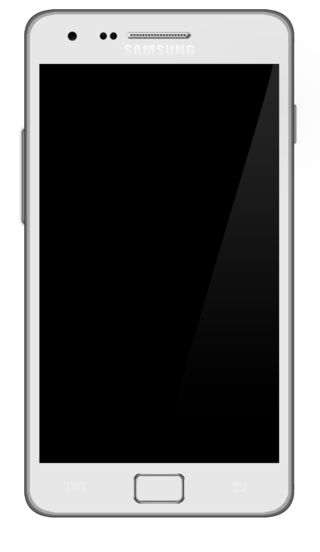
The Samsung Galaxy S II is a touchscreen-enabled, slate-format Android smartphone designed, developed, and marketed by Samsung Electronics, as the second smartphone of the Samsung Galaxy S series. It has additional software features, expanded hardware, and a redesigned physique compared to its predecessor, the Samsung Galaxy S. The S II was launched with Android 2.3.4 "Gingerbread", with updates to Android 4.1.2 "Jelly Bean".

The iControlPad is a wireless game controller compatible with a variety of smartphones, tablets, and personal computers. It is designed for use as either a standalone gamepad or attached to appropriately sized devices, such as the iPhone, using a clamp system. Due to this, the iControlPad is able to add traditional physical gaming controls to devices which otherwise rely on inputs such as touchscreens and accelerometers.
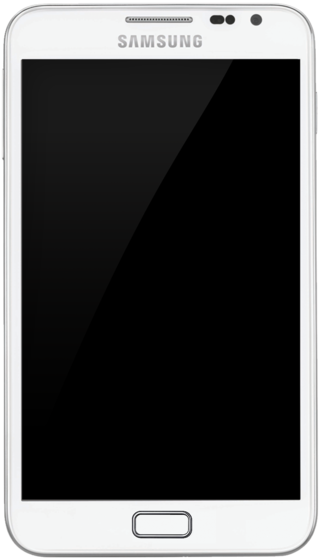
The Samsung Galaxy Note is an Android smartphone produced by Samsung Electronics. It was unveiled at IFA Berlin 2011 and first released in Germany in late October 2011, with other countries following afterwards. The Galaxy Note was distinguished by its unusually large form factor—later referred to using the term "phablet"—which straddled the size of the average smartphone at the time, and that of a small tablet: it features a 5.3-inch display, and is bundled with a stylus branded as the "S Pen", which can be used to navigate the device's user interface, and write or draw in supported apps.
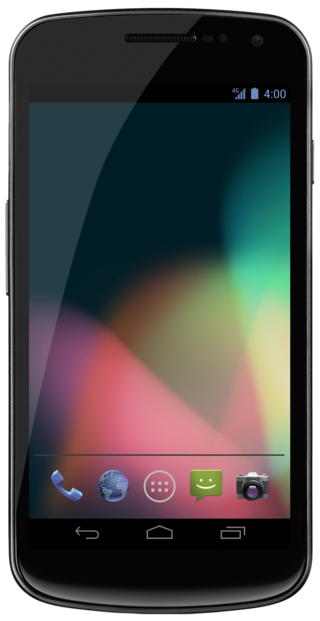
The Galaxy Nexus (GT-I9250) is a touchscreen Android smartphone co-developed by Google and Samsung Electronics. It is the third smartphone in the Google Nexus series, a family of Android consumer devices built by an original equipment manufacturer partner. The phone is the successor to Google's previous flagship phones, the Nexus One and Nexus S.
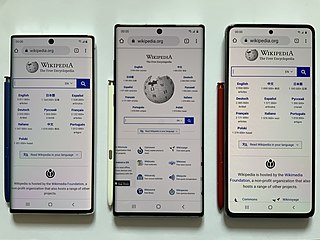
A phablet is a mobile device combining or straddling the size formats of smartphones and tablets. The word is a portmanteau of phone and tablet. As of 2020, most budget and entry-level Android smartphones offered in emerging markets can be considered as "phablets", as they have at least a 6.5 inches (165 mm) diagonal screen length and an overall vertical length of at least 6.3 inches (160 mm).
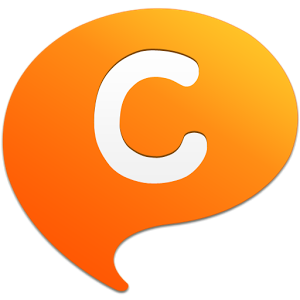
ChatON was a global mobile communication service provided by Samsung Electronics from September 2011 to March 2015.

The Samsung Galaxy S4 is an Android smartphone produced by Samsung Electronics as the fourth smartphone of the Samsung Galaxy S series and was first shown publicly on March 14, 2013, at Samsung Mobile Unpacked in New York City. It is the successor to the Galaxy S III, which maintains a similar design, but with upgraded hardware, more sensors, and an increased focus on software features that take advantage of its hardware capabilities—such as the ability to detect when a finger is hovered over the screen, and expanded eye tracking functionality, it was released the previous year. A hardware variant of the S4 became the first smartphone to support the emerging LTE Advanced mobile network standard. The T-Mobile version of the Galaxy S4, named the model (SGH-M919), was released the same month. The phone's successor, the Samsung Galaxy S5, was released the next year.
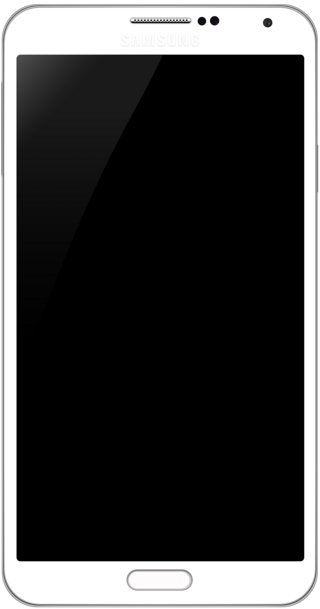
The Samsung Galaxy Note 3 is an Android phablet smartphone produced by Samsung Electronics as part of the Samsung Galaxy Note series. The Galaxy Note 3 was unveiled on September 4, 2013, with its worldwide release beginning later in the month. Serving as a successor to the Galaxy Note II, the Note 3 was designed to have a lighter, more upscale design than previous iterations of the Galaxy Note series, and to expand upon the stylus and multitasking-oriented functionality in its software—which includes a new pie menu opened through the button on the stylus for quick access to pen-enabled apps, along with pop-up apps and expanded multi-window functionality. It additionally features new sensors, a USB 3.0 port, 3 GB of RAM, and its video camera has been upgraded to 2160p (4K) resolution and doubled framerate of 60 at 1080p, placing it among the earliest smartphones to be equipped with any of these.

Kubity is a cloud-based 3D communication tool that works on desktop computers, the web, smartphones, tablets, augmented reality gear, and virtual reality glasses. Kubity is powered by several proprietary 3D processing engines including "Paragone" and "Etna" that prepare the 3D file for transfer over mobile devices.

Samsung DeX is a feature included on some high-end Samsung handheld devices that enables users to extend their device into a desktop-like experience by connecting a keyboard, mouse, and monitor. The name "DeX" is a contraction of "Desktop eXperience".
Lists of mobile computers

postmarketOS is an operating system primarily for smartphones, based on the Alpine Linux distribution.
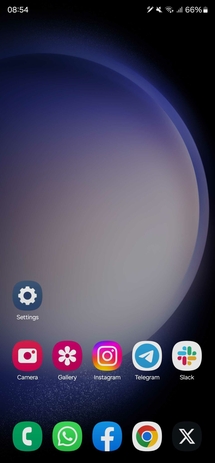
One UI is a user interface (UI) developed by Samsung Electronics for its Android devices running Android 9 "Pie" and later. Succeeding Samsung Experience and TouchWiz, it is designed to make using larger smartphones easier and be more visually appealing. To provide more clarity, some elements of the UI are tweaked to match colors that are based on the color of the user's phone. It was announced at Samsung Developer Conference in 2018, and was unveiled in Galaxy Unpacked in February 2019 alongside the Galaxy S10 series, Galaxy Buds and the Galaxy Fold.

Xbox Cloud Gaming is a cloud gaming service as part of Xbox offered by Microsoft Gaming. Initially released in beta testing in November 2019, the service later launched for subscribers of Xbox Game Pass Ultimate on September 15, 2020. Xbox Game Pass cloud gaming is provided to subscribers of Ultimate at no additional cost. Xbox Cloud Gaming operates by linking the device to a remote server in the cloud.
The HomeSync is an Android TV box and home server combo developed by Samsung Mobile. The unit is a full Android Jelly Bean device with a hard drive. While all other connected television units made by Samsung ran Orsay-based Samsung Smart TVs, due to the fact the HomeSync is made by Samsung's mobile division, it ran a skin of Android Jelly Bean. The HomeSync at launch was compatible with the Samsung Galaxy S4 Samsung Galaxy Note 3, Samsung Galaxy S III, Samsung Galaxy Note II, Samsung Galaxy Note 8.0, Samsung Galaxy Note 10.1 2014 Edition and Samsung Galaxy Camera. Others may have been supported if they had a protocol called "Samsung Link". The specs are noted to resemble the Ouya video game console minus the hard drive. It was announced in February 2013 at Mobile World Congress. It has been compared to the Apple TV series by Apple, which also integrated with iOS devices, but did not have network storage and cost less. The console features a 50 USD credit for Media Hub when you buy a HomeSync. On December 17, Samsung made most Android devices support the unit by adding it to the Play Store, also widening support of Samsung phones. Shortly before it launched, the store page and manual were available but unable to be bought.















